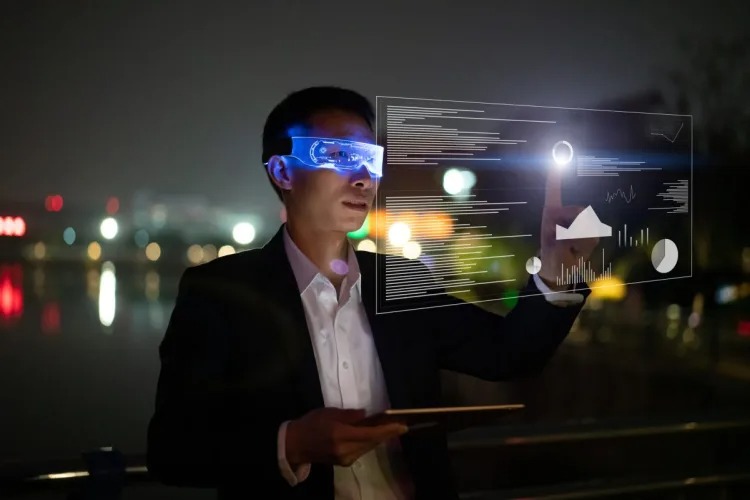In the metaverse and NFT 2.0, marketers should focus on utility and community

As we move into the NFT 2.0 technology space, we see a more innovative and accessible approach to creating a user-centric experience where participants can benefit from utility. Web3 marketers are also delving into how brands can position themselves to continue generating profit from NFT ventures while adding value to their products. However, for NFTs to thrive in the Web3 ecosystem, consumers need storytelling and value proposition, especially in an environment where technology is constantly evolving.
Web3 marketing agencies have been carefully implementing brands into the metaverse to build awareness and actual utility for consumers they engage with. However, for a brand to be true to its fan base, its digital assets must incorporate audience and community engagement to create a worthwhile experience and keep consumers coming back.
How top brands use the metaverse to create a utility-centric experience
The metaverse provides brands a landscape to reinvent themselves. What they deliver in the real world doesn’t have to be exactly what they deliver in the metaverse. That being said, brands that have entered the metaverse successfully are respecting their core business while finding ways to express it a little differently. For example, Under Armour’s Curry brand was able to launch a metaverse campaign of exclusive, digital shoes that went beyond simply buying virtual shoes. The digital assets were continuously released over the course of the 2022 NBA playoffs and contingent upon Steph Curry’s performance. It gave fans a new way to engage with each NBA game they watched and allowed Under Armour to reach a new audience while building out its digital footprint in tandem.
A campaign like that exemplifies the work that needs to be done behind the scenes by the brand, creative agencies and marketing agencies to develop a meaningful activation. When creating an NFT or metaverse campaign, a brand must look past profit and towards community as the focal point. The metaverse now is in a raw state, but will be shaped in the future by what brands are doing at this moment. There is no status quo, no norms for consumers’ expectations, and as more businesses offer digital assets with utility for their customers, they’ll have a much deeper competitive advantage as this new market consolidates.
Building a seamless NFT 2.0 ecosystem with value creation
NFTs have been much discussed over the past year, but NFT 2.0 has the opportunity to create much more potential for a wider audience by embedding more utility into existing infrastructure. These assets can include digital artwork, in-game items that can be used across different games, music and other collectibles. On a small scale, an artist could develop a shirt design for a virtual avatar, sell it as an NFT for individual users, and use the blockchain to track the sales. Scaling this idea up, a large brand could move a similar artwork concept forward with their brand’s logo and track thousands of unique NFT purchases.
When you look at successful NFT/Web3 communities, a lot of their success comes down to one thing: They provided opportunities for their holders/users. Much of that opportunity has been financial gains for the users as they cash in on market fluctuations, but the successful communities provide for those who are looking at the project from a long-term perspective too, like purchasing a digital property in the metaverse. Another example of a long-term opportunity is when community members interact and create content for other members, or even create exclusive channels, like a Discord community, for networking and partnership opportunities.
Brands can’t force people to engage with their digital efforts, but getting a small group of consumers on board, individuals who see the long-term value in a project, creates potential to build a community that will stay loyal. So when building an NFT community, everyone should be asking themselves what opportunities and utility they can give holders besides a quick financial gain.
The future of brand positioning in Web3 and the metaverse
The bear market that NFTs and crypto have been in throughout 2022 is a hurdle for brands wanting to show initiative in this space. On the other hand, there are still plenty of brands launching activations, despite market value, which indicates how much potential brands will see once the market picks up. As brands are developing their next marketing plans, they should include an NFT or metaverse activation that creates value and interoperability. Examples might be a cool design that can apply to different games; branded artwork to display across social media platforms; or even inspiring small artists or musicians to create something as part of a brand competition for a prize. Generating engagement, promoting interoperability and creating value will be three main components for future brand positioning.
There’s also recently been a significant surge in the creation of Mint passes, which provide utility to holders over an extended period of time. This is likely because people are starting to be less interested in profile-picture projects that don’t deliver utility until a later time. This indicates that brands trying to get into the NFT space should be willing to tap into their resources and real-world products to translate them directly to the Web3 community, in a fast and equitable way.
The potential for brands in the metaverse and NFT activations is limitless, but as this market continues developing, their efforts must be done correctly, with community-building as a main component. It’s exciting to see how much growth there has been in the past year and this is expected to continue in the near future.




